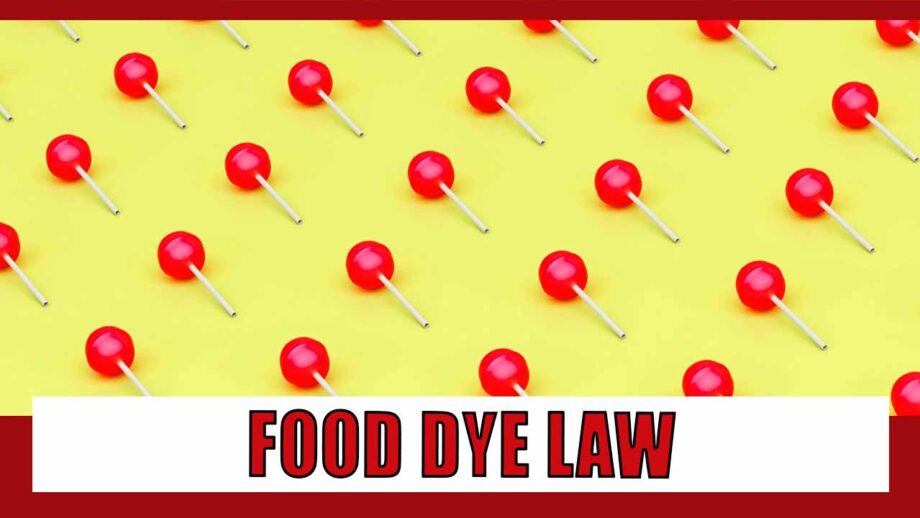We are sure that the kids in our homes love the foods that are solidly coloured. For example, the red lollipops, the yellow candy etc. There is this law of attraction that catches the eyes of the kids when such splashy colour dyes are added to food. These colours which appear on the food labels as Red 40, Yellow 5, Blue 1 are surely the permitted food dyes that get added to food. But certain deep research has shown that these dyes when added to food give out a certain behavioural disorder in kids. A report on nbcnews.com talked about the law that has been introduced to keep the parents aware of this issue that gets created by the usage of artificial food dyes. We take reference from that story for our write up here.
In 2011, the FDA reviewed the possible link between artificial food dyes and hyperactivity and determined no causal relationship could be established for children in the general population who have not been diagnosed with behavioural disorders. The agency revisited the issue in 2019, and maintained its stance.
But a state senator in California says freshly compiled research proves that artificial food colourings — which appear on nutrition labels as Red 40, Yellow 5 and Blue 1, among other names — negatively affect many children, and parents have the right to be informed.
In 2011, the FDA reviewed the possible link between artificial food dyes and hyperactivity and determined no causal relationship could be established for children in the general population who have not been diagnosed with behavioural disorders. The agency revisited the issue in 2019, and maintained its stance.
But a state senator in California says freshly compiled research proves that artificial food colourings — which appear on nutrition labels as Red 40, Yellow 5 and Blue 1, among other names — negatively affect many children, and parents have the right to be informed.
In a statement to NBC News, the FDA acknowledged that “some published data suggest that for certain susceptible children with ADHD and other problem behaviours, their condition may be exacerbated by exposure to several food substances, including, but not limited to artificial food colours, due to a unique intolerance or sensitivity.”
But the agency maintained that no cause-and-effect relationship had been found between colour additives and hyperactivity in children in the general population, and suggested that any parents who wish to limit their children’s intake of synthetic dyes check food ingredient lists on labels.
Awareness about the potential harm of artificial dyes has grown in recent years.
On Facebook, there are numerous groups dedicated to dye-free diets for kids, some with nearly 10,000 members. Various brands and chains, including Trader Joe’s, Whole Foods and Aldi, have gone largely to entirely dye-free with their products.

